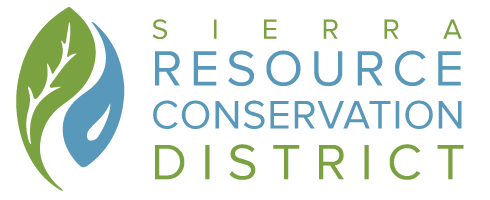Present Projects
Meeting our conservation needs in the SRCD today.
Forestry
Eastern Fresno County Firesafe & Stewardship Fuels Reduction Program
Sierra Nevada Resilient Landscape Collaborative/Biomass Utilization
Regional Conservation Partnership Program (RCPP)
Bioenergy-Biochar Operations Project
Southern Sierra All-Lands Restoration and Recovery Program (SSARR)
Forest Watershed Coordinator Project
Forest Carbon Plan Project
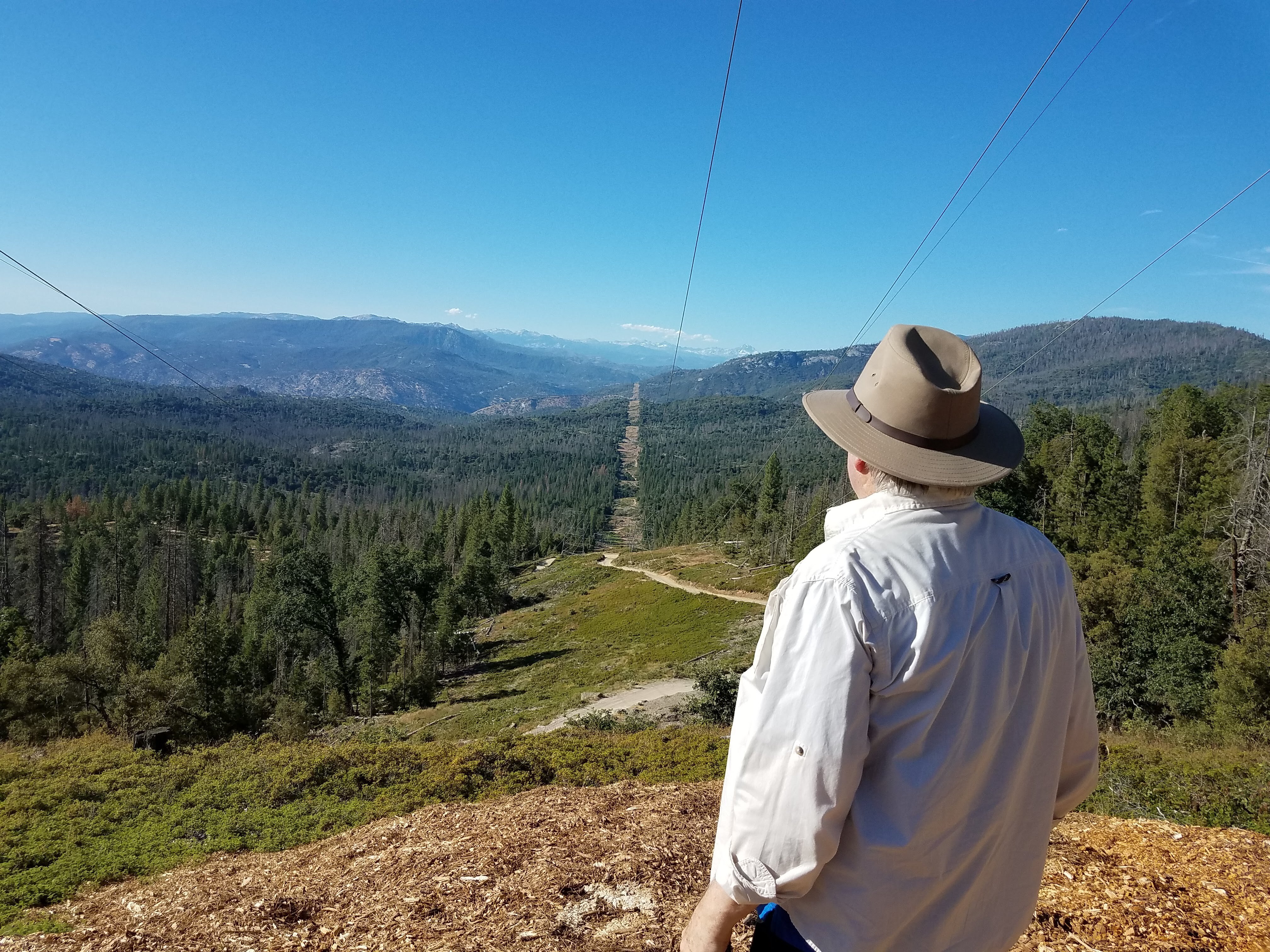
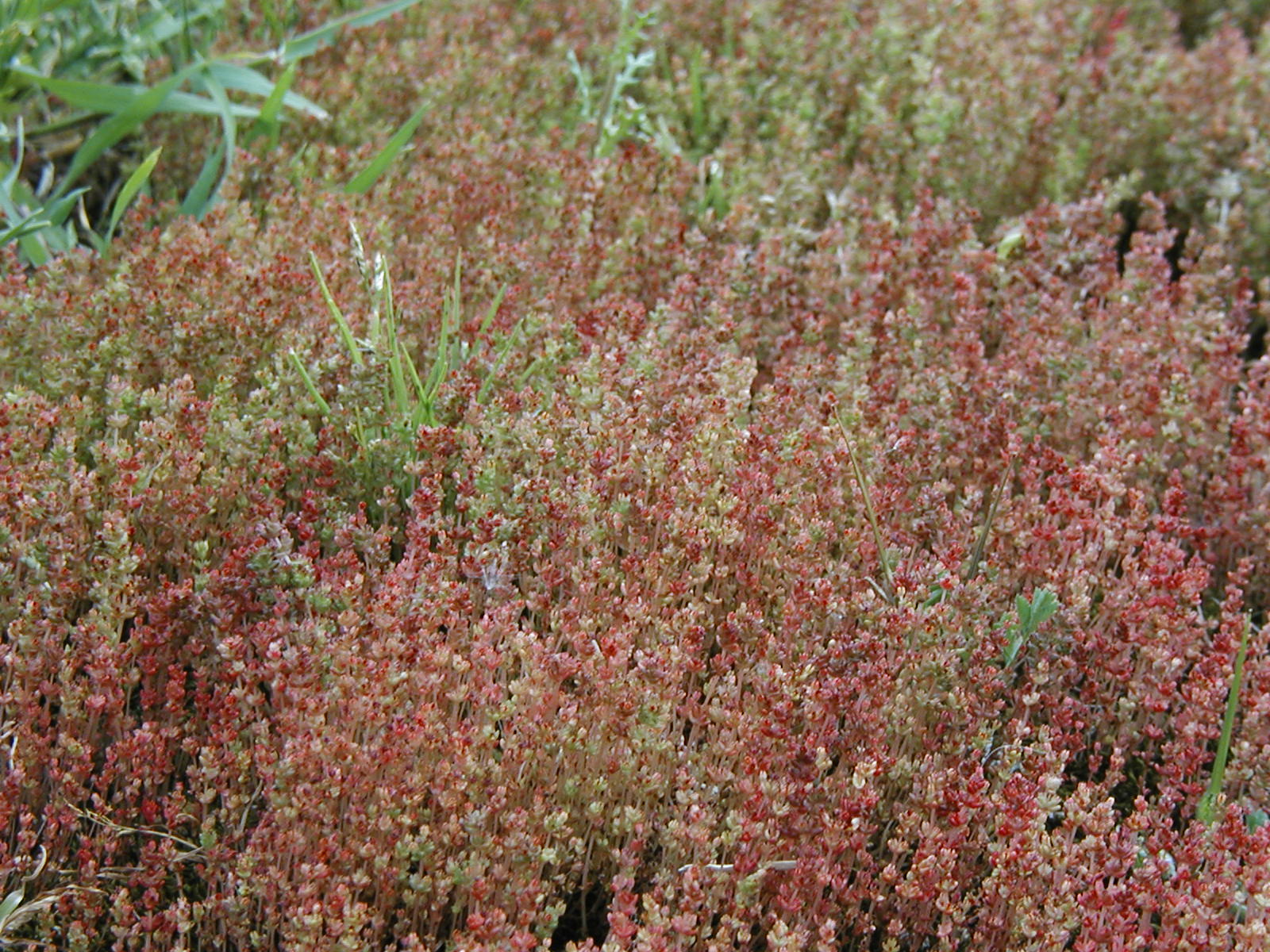
Watersheds and Wetlands
The district is currently working with the Southern Sierra IRWM to develop Watershed Action Plans for the Upper San Joaquin and Kings watersheds. We are also pursuing funding opportunities on behalf of the SSIRWM as a grantee for their projects.
Upper San Joaquin Watershed Assessment & Action Plan
Carbon Management
SRCD Carbon Management Program:
To read more about the program’s action plan, download the complete overview here.
Carbon is the key element in all agricultural and ecosystem productivity, resilience and health. Like the hydrologic cycle, the District has now recognized that co-equally there is the carbon cycle that needs to be understood and managed for ecological and economically beneficial purposes as well. These broad landscape processes within the Central Valley and Sierra Nevada are inseparable and cannot be de-coupled.
Guided by the establishment of a District-wide Carbon Management Program (CMP), the District will develop strategies to meet the long-range objectives described above, by understanding and engaging with the flow of carbon into and through the natural and working lands in the District.
The District will also develop the expertise to implement and utilize analytical and planning tools such as COMET Planner and COMET FARM to assist private landowners in improving the natural resources vital for their farming, ranching and forestry operations.
For instance, soil erosion can be reduced by increasing the soil’s organic matter content, which allows for increased water infiltration rates and groundwater recharge, which in turns improves water yield and quality.
Increased soil organic matter also increases agricultural productivity and resilience, which may reduce the need for off-farm inputs and the likelihood that agricultural lands are converted to urban.
Forests can also be managed through a carbon lens; reducing fuel loads and decreasing wildfire risk reduces the amount of GHG releases to the atmosphere, which in turn affects air quality.
Carbon sequestration in the land base has been recognized as one of the pillars in the California Climate Action Plan and SB859 CDFA’s Healthy Soils Initiative, which could bring resources for the management of the District’s natural and working lands for carbon sequestration.
The District will strive to advance this focus on the carbon cycle as a lens through which to manage natural and working landscapes for the provision of multiple ecosystem services and the health and resilience of the county’s rich rural heritage.
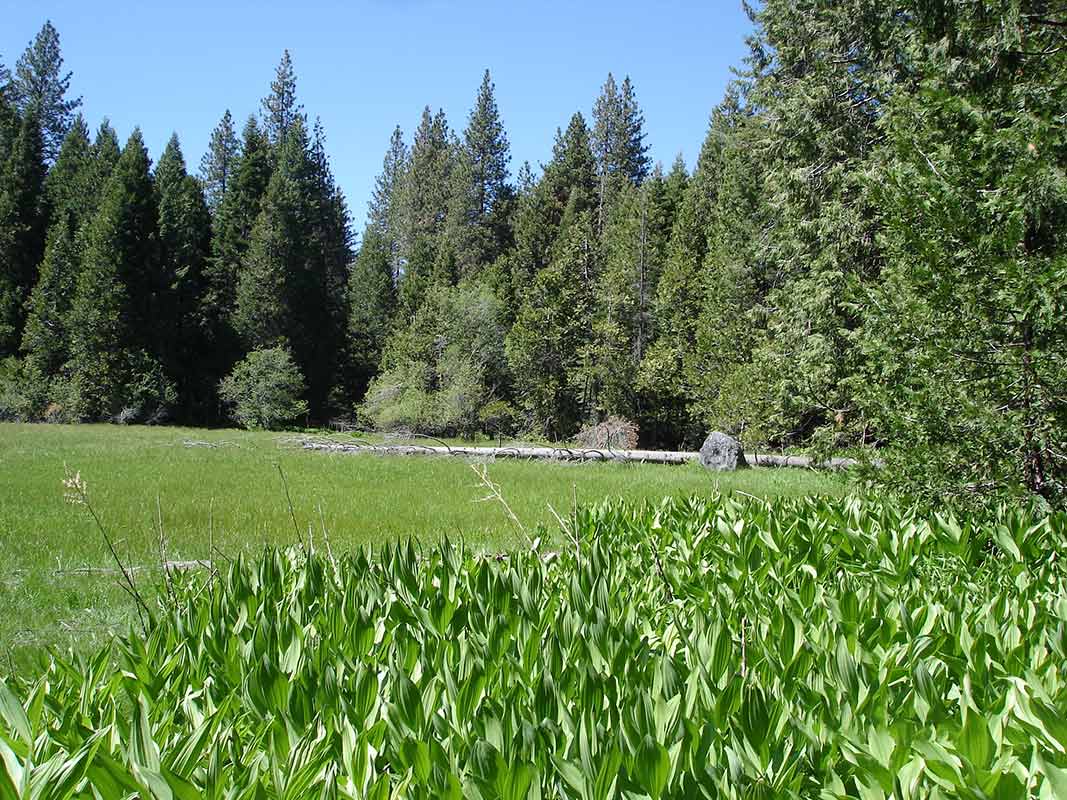
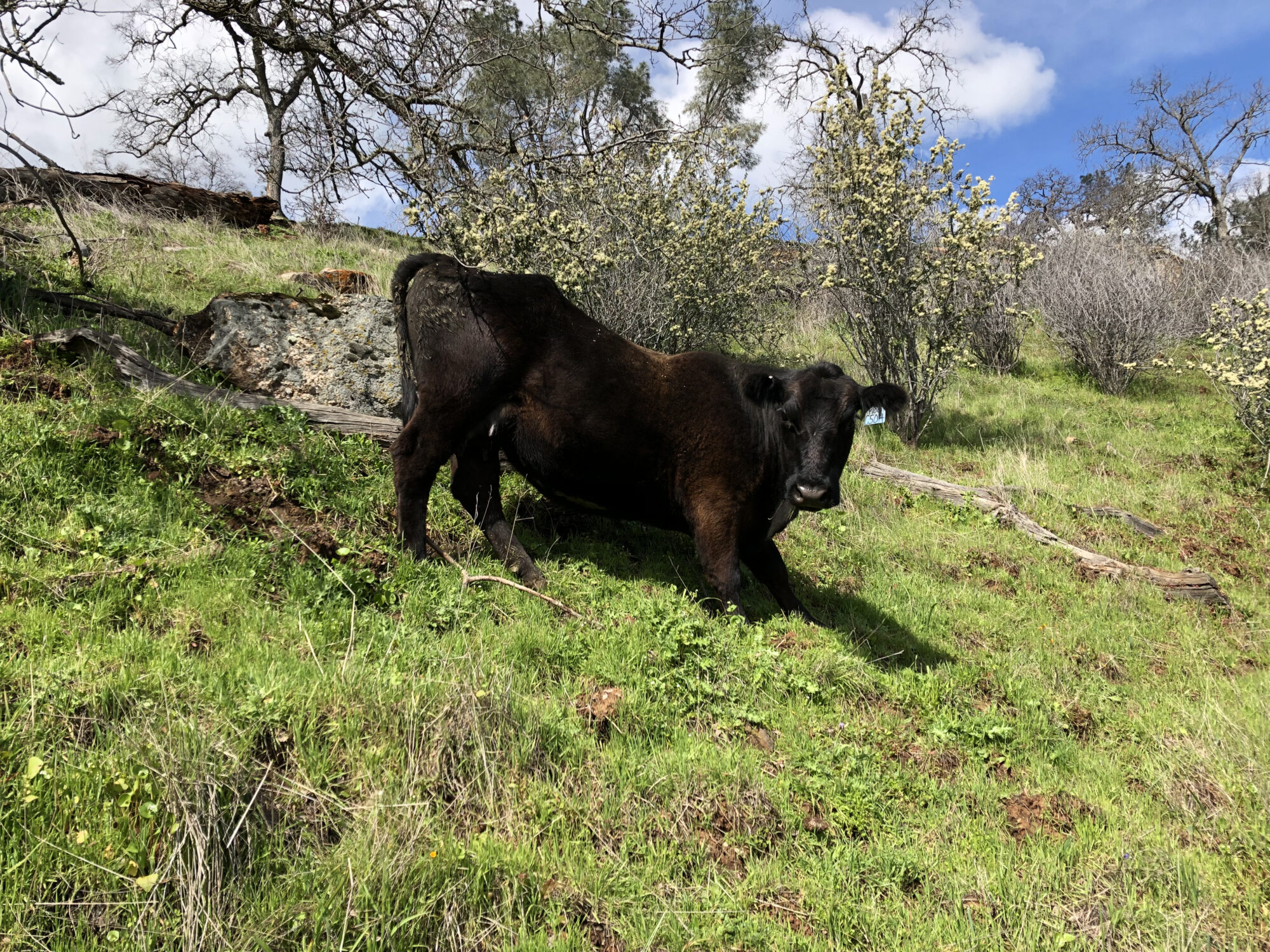
Agriculture & Rangeland
SWEEP: State Water Efficiency & Enhancement Program
Video: How to Apply to the California State Water Efficiency and Enhancement Program (English) (Hmong) (Spanish)
Video: How to Get Cash to Pay for On Farm Irrigation and Energy Efficiency Improvements in California (English) (Hmong) (Spanish)
Video: On Farm Water Use Efficiency: Irrigation Management Practices That Save Water and Save Energy (English) (Hmong) (Spanish)
Flier: Water Use Efficiency (English) (Hmong) (Spanish)
Flier: Application Assistance (English) (Hmong) (Spanish)
The SWEEP Program is administered by the California Department of Food and Agriculture (CDFA). The primary goal of SWEEP is to reduce Greenhouse Gas (GHG) emissions from agricultural irrigation sources. The secondary benefit of the program is to increase Water Use Efficiency (WUE) by funding system infrastructure and monitoring upgrades that reduce GHGs.
SRCD provides technical assistance to agricultural producers in order to:
- Educate about the SWEEP funding opportunity and WUE
- Create a water/irrigation conservation plan
- Provide verification, and
- Provide irrigation evaluations pre- and/or post implementation.
Additional Resources:
Technical Assistance Providers & Workshops
Request for Grant Applications
